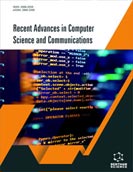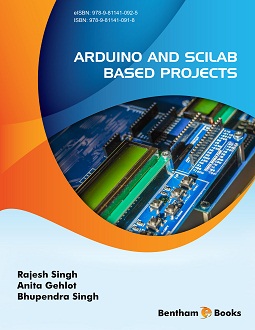Abstract
Bioelectrochemical technology has been developed to elucidate the
mechanisms of electrical interplay systems for electromethanogenesis in microbial
electrolysis cells (MEC). In the present study, we evaluated the electrical interplay
systems for electromethanogenesis in Methanothermobacter thermautotrophicus ΔH
(MTH). The modular structure of its protein-protein interaction (PPI) network was
compared with the electrical interplay systems of metal-loving eubacteria (Geobacter
metallireducens and G. sulfurreducens). The structure-function-metabolism link of
each protein pair was evaluated to mine experimental PPI information from the
literature. The results of our study indicate that the topological properties of the PPI
networks are robust and consistent for sharing homologous protein interactions across
metal-loving eubacteria. A large fraction of genes and associated PPI networks were
established in the MTH for direct interspecies electron transfer systems, which were
divergent from metal-loving eubacteria. MTH is predicted to generate CH4
by reducing
CO2
with hydrogen in the geothermal environment through growth-associated
electromethanogenesis. Thus, the present computational study will facilitate an
understanding of the proteomic contexts and mechanisms of interspecies electron
transfer between thermophilic autotrophic methanogenic archaea and metal-loving
Eubacteria for electromethanogenesis.
Keywords: Electrical interplay system, Electromethanogenesis, Geobacter, Methanothermobacter, Nanowire, Protein networks, Systems biology.






















